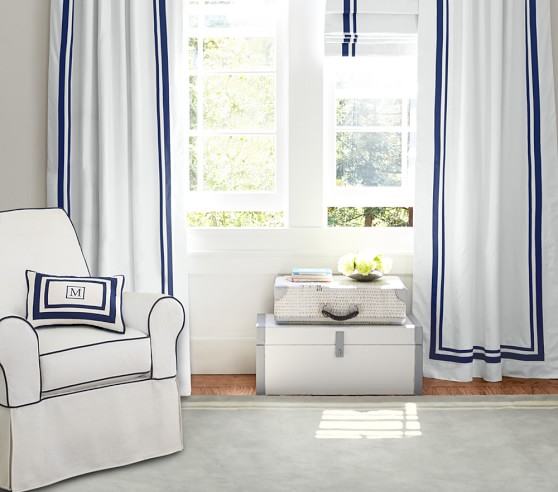B wanted to have the painters come back to handle it, but I read a few articles online and thought we could DIY (plus, immediate gratification instead of waiting on an opening in the painters' schedule). If you're thinking of painting your brick fireplace, DO IT! It's both inexpensive and straightforward but makes a big difference in the whole room's look. Here's what we did:
Supplies:
1 wire scrub brush (we used one similar to this)
Vacuum cleaner with upholstery attachment (we used our Dirt Devil Scorpion)
1 spray bottle
1 plastic scrub brush (we used one similar to this)
2-3 cups vinegar
1 tube paintable caulk (we used this kind in a squeeze tube since we don't have a caulk gun)
Painter's tape (we used Frog Tape)
Plastic drop cloths
2 paint trays
2 angled paint brushes (we tried several; this one worked the best)
1 gallon masonry primer (we used Zinsser 123 primer)
1 gallon interior latex paint (we used Benjamin Moore Simply White in semi-gloss finish)
We used a wire scrub brush to scrub away at the brick, paying particular attention to the area right around the firebox that had soot buildup from the previous owner, who used wood in the fireplace (we have since switched it over to gas logs). The goal here is to loosen any debris or dust on the face of the brick, as well as in the mortar lines.
Step 2: Vacuum
We used an upholstery attachment on a handheld vacuum to brush and clean the brick surface. The upholstery attachment helps brush out any dust or debris that might be stuck in the mortar lines.
Step 3: Clean
Several articles I read recommended TSP, but I didn't want to use anything that harsh with an infant in the house. We used undiluted white vinegar in a spray bottle, saturating a small area of the brick at a time and scrubbing it with a scrub brush. This should further remove any remaining dust or buildup on the brick surface, prepping it for better paint adhesion. We allowed the brick to fully dry overnight.
Step 4: Prep
We applied Frog Tape to protect the trim and the wood floor around the brick, and covered the floor, firebox, mantle, and nearby furniture with a plastic dropcloth to protect it from paint roller overspray.
Step 5: Caulk
We caulked any visible cracks, both on the surface of bricks themselves, as well as in the mortar lines. Since we were painting the brick white, I knew cracks would show up black against hte white paint and be even more noticeable. The caulk directions said to allow it to dry for 2-6 hours, but we let it dry overnight to be extra safe. After caulking, we re-vacuumed the hearth to pick up any bits of dried caulk that may have fallen.
Step 6: Prime
We primed the brick using a primer made for masonry, first rolling on primer using a thick-nap paint roller, and then using an angled paint brush to apply primer to the deeper mortar lines and edges that the paint roller was unable to reach. We allowed the primer to dry overnight. We used gray primer, which was a MISTAKE under white paint - it took 3 coats of white paint to cover all the gray. Learn from our mistake and use white primer!
Step 7: Paint!
Finally! We used the same method to paint the brick as the primer - first, a thick-nap paint roller, followed by an angled paint brush on the mortar and edges. We used Behr semi-gloss paint, color matched to Benjamin Moore Simply White. It took 3 coats to cover the gray primer; if we had used white primer, we probably could have gotten away with only 1 coat - 2 at the most. Remove the Frog Tape while the paint is still wet to avoid pulling off paint.
Step 8: Touch Up
After painting the brick white, the seam between the mantle and the fireplace, as well as the fireplace and the side trim, was noticeable - the gap looked like a black line between the white brick and the white mantle/trim. We used the same white caulk to caulk in between the mantle and the brick, and the brick and the trim. It looks seamless now! We also used a small craft paintbrush to touch up any spots we had missed with the white paint.
I LOVE the result! Our whole living room feels brighter with the white brick fireplace instead of the dull brown brick! I also love how much decorations "pop" against the white - our Halloween decorations show up so much better than they used to!


























